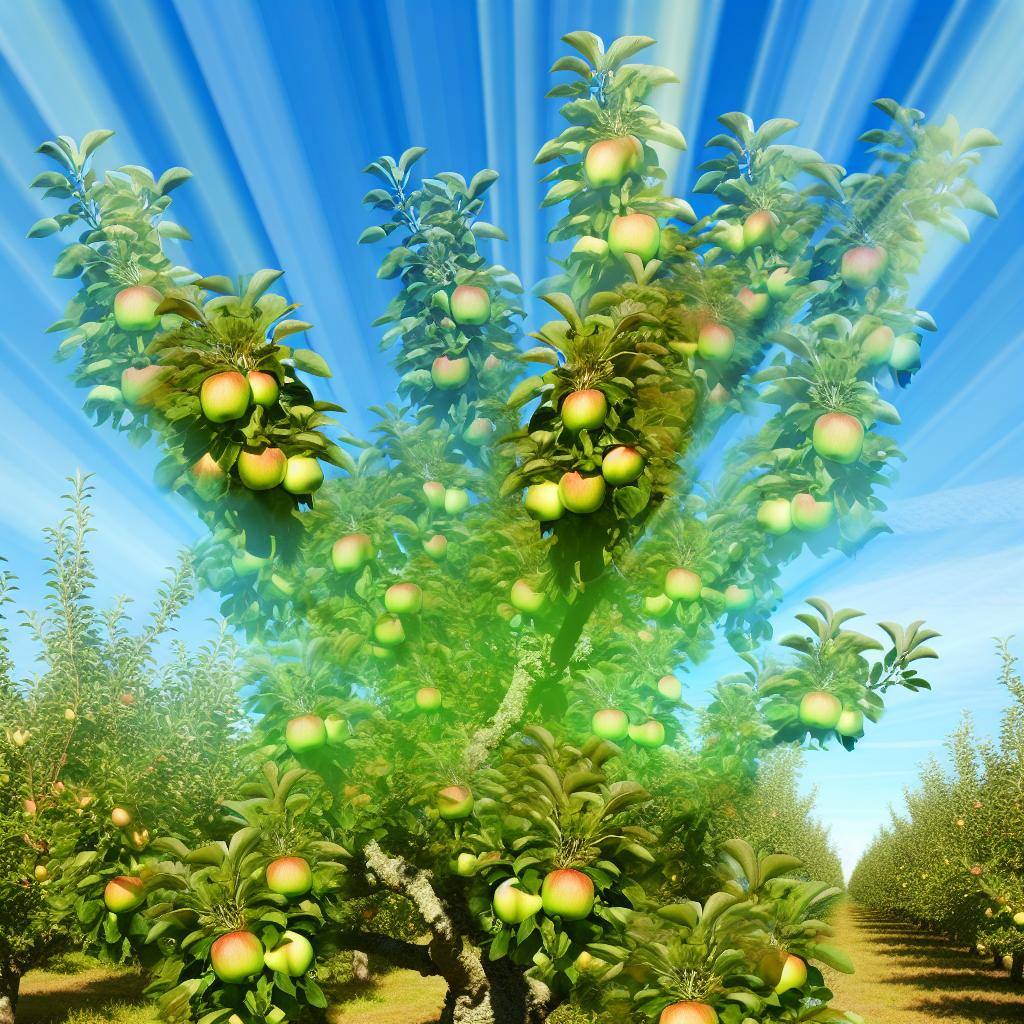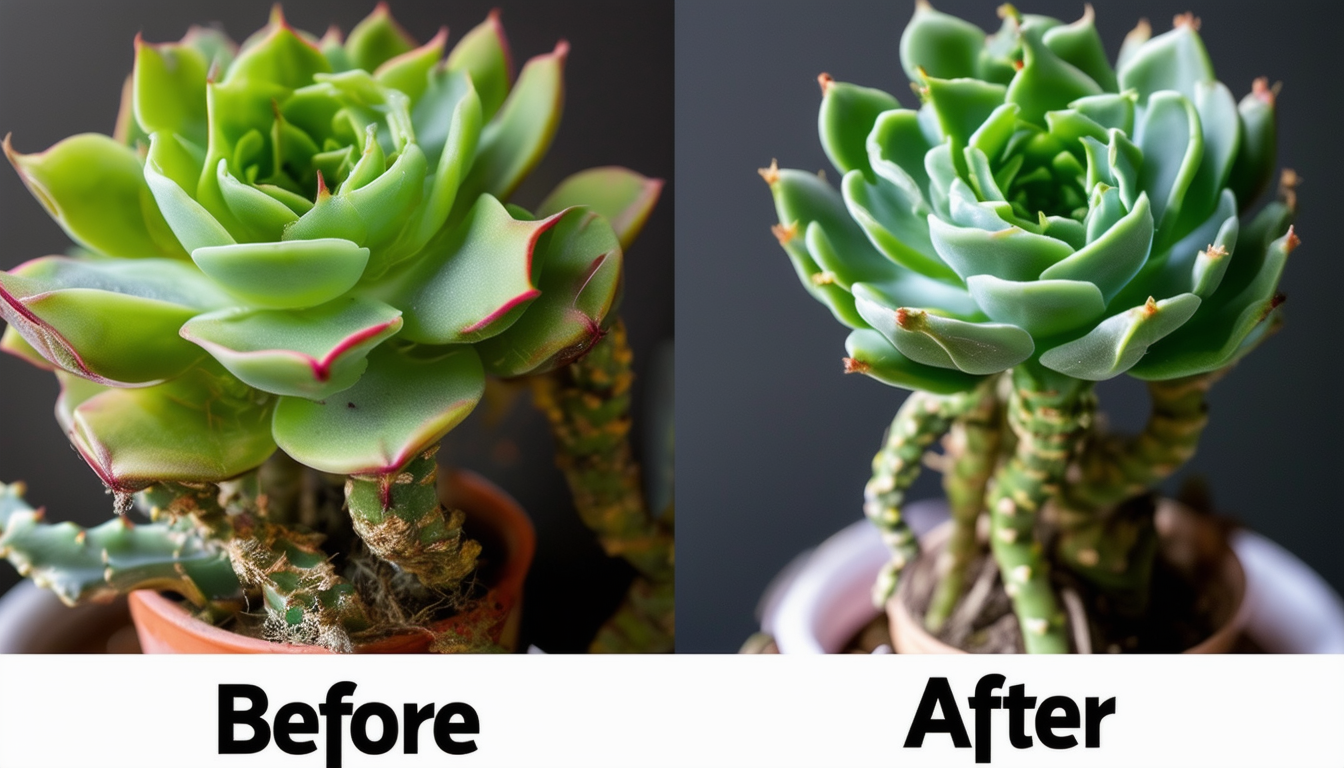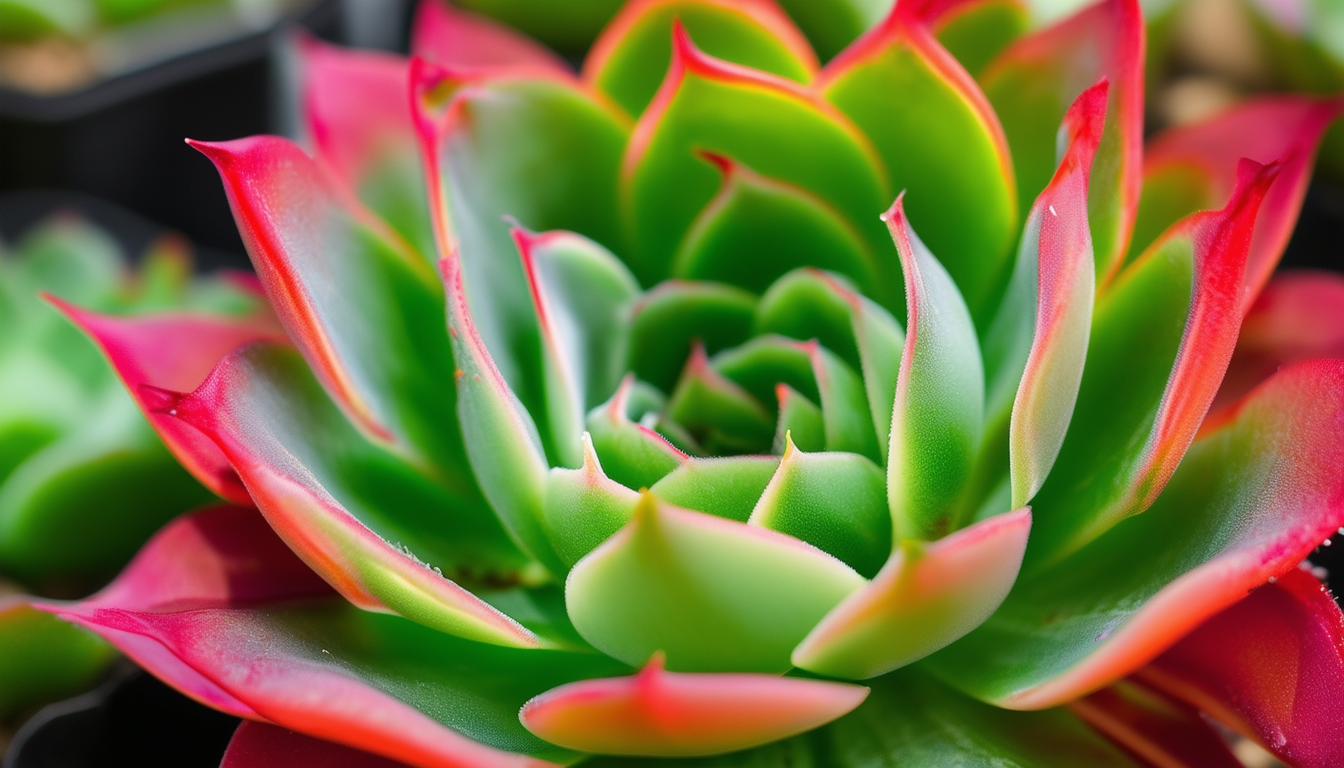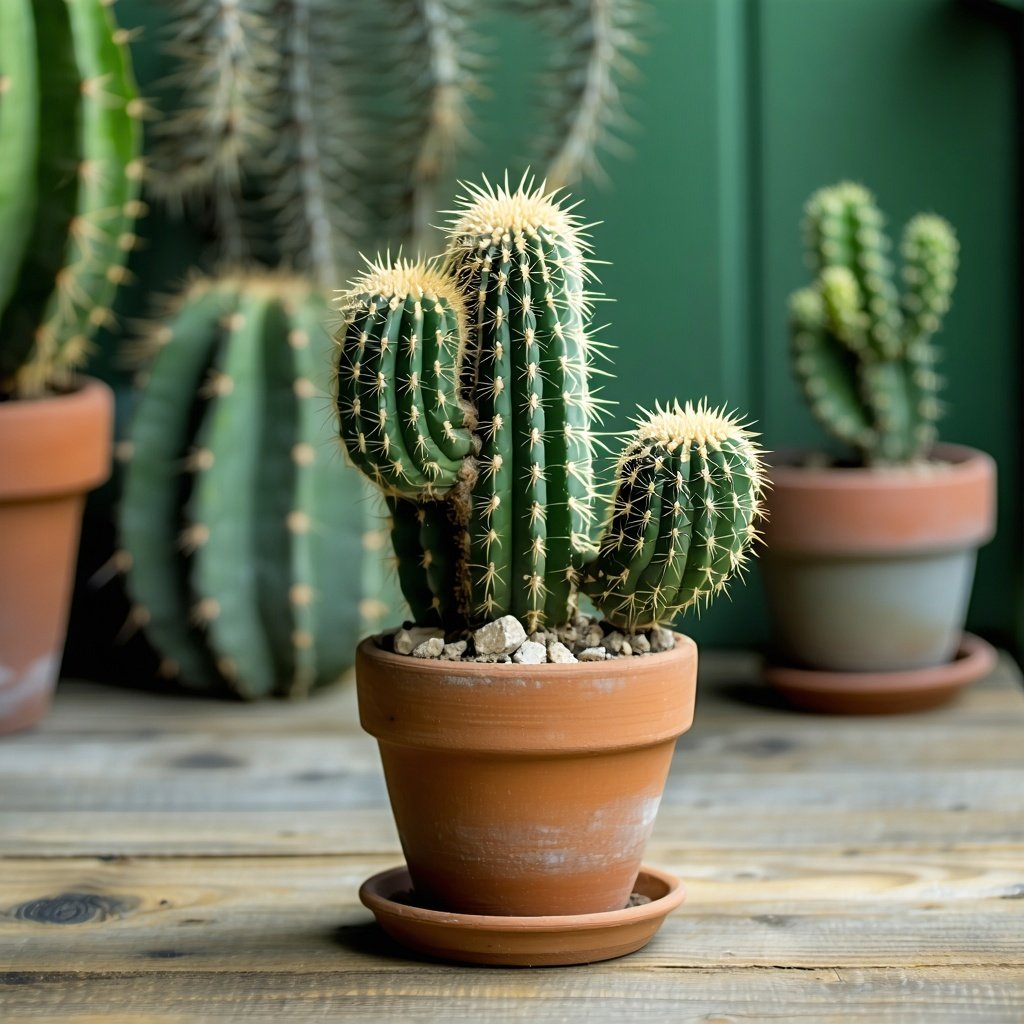
Unlock the secrets to revitalizing your apple tree with the right fertilization strategy.
Identifying the Signs of Nutrient Deficiency in Apple Trees
Nutrient deficiency in apple trees can manifest through several telltale signs that should not be overlooked. Yellowing leaves, stunted growth, and a lackluster harvest can all point towards an imbalance in essential nutrients. It's crucial to recognize these symptoms early to address the underlying issues and prevent long-term damage to your apple tree.
Assessing leaf color and texture, twig growth patterns, and the quality of the fruit produced are all reliable indicators of the tree's nutritional status. A soil test can provide conclusive evidence of deficiencies and help guide your fertilization plan effectively.
Choosing the Right Fertilizer for Your Apple Tree
Selecting an appropriate fertilizer for your apple tree is key to ensuring it receives the nutrients it needs. A balanced N-P-K (Nitrogen-Phosphorus-Potassium) fertilizer is commonly recommended for apple trees. However, the specific needs of your tree may vary based on the results of a soil test and the tree's growth stage.
Organic options like compost and manure are excellent for improving soil health, while specialized fruit tree fertilizers can provide a targeted nutrient boost. It's essential to choose a product that complements the tree's existing soil conditions and nutritional requirements.
The Best Time to Fertilize for Optimal Growth
Timing is crucial when it comes to fertilizing apple trees. The ideal time to apply fertilizer is during the early spring, just before the onset of new growth. This provides the tree with the nutrients it needs to support blossoming and fruit set.
Avoid fertilizing late in the season, as this can stimulate new growth that may not harden off before winter, leaving the tree vulnerable to cold damage. Instead, aim to support the tree's natural growth cycle with well-timed nutrient application.
Application Techniques for Maximum Benefit
Proper application of fertilizer is as important as choosing the right type and timing. Fertilizers should be spread evenly around the drip line of the tree, which is the area directly beneath the outer circumference of the tree's branches. This ensures that the nutrients are accessible to the tree's roots.
Be cautious not to apply fertilizer too close to the trunk, as this can cause root burn and other damage. Using a spreader can help distribute the fertilizer evenly, and watering the area after application can aid in nutrient absorption.
Monitoring and Adjusting Your Fertilization Plan
Continuous monitoring is vital to maintain the health of your apple tree. Observe how your tree responds to the fertilization and be prepared to adjust your plan accordingly. Overfertilizing can be just as detrimental as underfertilizing, leading to excessive leaf growth at the expense of fruit production.
Keeping a record of your tree's performance and the fertilization amounts applied can help you fine-tune your approach over time. Adjustments may be necessary based on changes in growth, fruit yield, and soil nutrient levels.



